With several different variations, the question of what is a true Paleo diet can be difficult to answer. Here we’ll go over the basics that most experts tend to agree on, as well as lifestyle factors that go hand-in-hand with a Paleolithic diet.
What Is Paleo?
The Paleo Diet is a food plan based around the foods that the cavemen of the Paleolithic era would have had access to. It is, above all, a modern diet rooted in ancient principles. It avoids processed, hard to digest foods, and favors the simple basics that generations of humans have thrived on: healthy animal products, vegetables, fruits, nuts, seeds, and nutrient-rich fats.
Why Is Paleo Healthier Than Other Diets?
The answer depends on which diet you’re comparing it to, but generally speaking, Paleo is healthier because it promotes consumption of whole, nutrient-rich foods that are easier to digest than a modern diet that is heavy on grains, dairy, and processed, fortified foods. Paleo is healthy eating that offers the benefits of ancient nutrition principles paired with modern convenience. Thankfully, we don’t have to hunt and forage for all of our food anymore. Paleo fats are supportive of good health when they come from quality-sourced products, especially when they include organ meats, bone broths, and animal fats.
What Types of Foods Are OK on the Paleo Diet?
There’s a common misconception that you only eat meat and very little carbs on a Paleo diet. While some Paleo eaters will keep their carbs low, a Paleo diet can also be rich in carbs, and contain many more servings of vegetables per day than meat. Foods that are OK on a Paleo diet include:
- Animal products, quality sourced (lamb, beef, chicken, turkey, pork, bison, fish, shellfish, game meats)
- Healthy fats (coconut oil, ghee, grass-fed butter, tallow, lard, avocado oil, nuts, seeds)
- Fruits (all of them!)
- Vegetables (all of them!—please note, corn is not a vegetable, it is a grain)
- Nuts and seeds
Good Carbs Are Good For You!
I’m not sure where the notion came along that Paleo has to be low carb. The truth is that not everyone thrives on low carbohydrates, and Paleo can in fact be rich in carbs that contain tons of beneficial nutrients. Vegetables, fruits, nuts, and seeds are the most balanced sources of carbs—with extra emphasis on veggies. Sure, there are Paleo eaters who get through a day with just a handful of token vegetables, but they’re missing the point of Paleo. It’s not meat, meat, and all meat. It is meant to be a balanced, nutrient-rich diet, and frankly, you can’t get that without vegetables and carbohydrates.
Are Legumes Paleo?
Speaking of carbs, legumes are often a go-to source of carbs and protein for vegetarians or vegans. But beans, chickpeas, lentils, peanuts, and soy are all legumes that contain high amounts of phytates and lectins, making them difficult to digest.
- What are phytates? Phytates are compounds that bind with minerals, and which can, for some, make nutrient absorption more difficult. This is especially true in people who have leaky gut or other digestive issues, since phytates can impact enzymes that promote proper digestion. (1)
- What are lectins? Lectins are proteins that are found in animals and plants, but in the case of dietary lectins, we are specifically referring to the proteins found in seeds that inhibit their digestion. It was meant to be a deterrent factor for consumption so that the plant species would live on. But in many people, lectins can be responsible for digestive upset, diarrhea, constipation, and improper digestion of food. (2)
Are Grains Paleo?
Grains, too, contain the aforementioned lectins and phytates, but beyond that, many grains also contain gluten, which is a different kind of protein that wreaks havoc on gut health and digestion.
The most basic reason that grains aren’t Paleo is that they’re nutrient poor. Vegetables and fruits are much purer sources of carbohydrates, vitamins, and minerals, not to mention fiber. Great Paleo sources of fiber, which rival grain or legume sources, include (3):
- Raspberries, 7.99 grams per cup
- Collard greens, 7.6 grams per cup
- Turnip greens, 5 grams per cup
- Beet greens, 4.1 grams per cup
- Winter squash, 5.7 grams per cup
- Broccoli, 5.1 grams per cup
- Avocado, 10 grams per cup
- Sweet potato, 6.6 grams per cup
Is Dairy Paleo?
Most dairy products these days are homogenized and pasteurized—meaning that milk products are highly processed foods. Pasteurization removes nutrients from milk. Raw dairy products that haven’t been processed have been argued by some to fit within a Paleo lifestyle, but again, this comes down to the fact that more than half of human adults don’t have the proper enzymes for digesting milk of any kind. (4)
Grass-Fed, Organic Animal Protein Is Good for You
Grass-fed red meat is rich in beta-carotenes and lutein, and has less cholesterol than conventionally sourced red meat. (5) While cholesterol is not the villain that it was once thought to be, the liver also produces cholesterol in addition to dietary intake. (6) Dietary intake of cholesterol—and any nutrients, for that matter—are best when sourced from high quality products. Animal proteins provide vast amounts of B vitamins, which are essential for neurological health, digestion, reproductive wellness, and anti-inflammatory health benefits.
Cut Out Refined Sugar, Use Natural Sweeteners Instead
Paleo naturally eliminates all refined and processed foods, which means that white sugar is kicked to the curb. Paleo isn’t wholly devoid of sweets, however. Maple syrup, raw honey, coconut sugar, dates, and raw stevia are some of the Paleo-friendly sweetening choices that exist—without the empty calories of refined sugar.
Which Oils Are Unhealthy, Which Are Better Alternatives?
Highly refined and processed vegetable oils increase inflammation and disrupt omega-3 to omega-6 fat ratios. (7, 8) These include corn oil, canola oil, soybean oil, and “vegetable” oil, which is often made from a combination of these three. To get health benefits from oils, choose from virgin, unrefined choices like olive oil, avocado oil, and coconut oil. Ghee, grass-fed butter, lard, and tallow are also nutrient-rich Paleo sources of healthy fats.
Which Supplements Are Paleo?
Technically, if you’re coming from a strictly Paleo perspective, no supplements are Paleo. Supplements, by nature, are not whole, unprocessed foods. However, since Paleo is a modern take on ancient nutrition, there are some supplements that can be beneficial. Probiotics, for example, are some of the most effective supplements to consume, especially for people with SIBO, leaky gut, or other conditions who struggle to digest fermented foods or who cannot eat dairy products.
Other supplements, like multivitamins, can have their place in a Paleo diet, as can protein powders, turmeric, fish oil, and the like. Quality is important here, too, and many store brands were found by the FDA to be selling supplements that contained beans, gluten, and other ingredients not disclosed on the labels. (9)
Why Getting Quality Sleep Is Key to Health
Sleep is when the body repairs, builds, digests, detoxes, and synthesizes hormones. While we view sleep as a time of rest, it is also an active time of preparation and sustenance. When sleep quality is off, it impacts every area of our lives, including how effective our digestive systems are, how our thyroids work, and how our hormones keep our body systems regulated. As much as it’s important to eat organic, clean foods, it’s also essential to add a regular bedtime and preferential treatment of sleep to our lifestyle. We too often pride ourselves on being busy, overworked, and run down because we think that busy equals important and successful. But true health is becoming a rarity, so why not have a sense of personal pride in being a well-rested, nourished, healthy individual?
Smart Movement vs. Ineffective Movement
Instead of making exercise a lengthy activity that can, for some people, become a burden or a chore—or that we beat our bodies up for (e.g., running marathons and going through excessively long and intense workouts)—it’s more effective to incorporate it into our daily lives in short, regular bursts. The benefits to shorter but more targeted workouts is that they keep us more nimble and increase the potential for natural fitness (instead of being strong in only one area). People who move, jump, squat, sprint, and lift are more well-rounded physically than those who only train in a single area.
Stress Management Through Lifestyle Habits
The digital world has made it all too easy to get lost in social media, text messages and work emails. So you tend to lose yourself in the constant stream of virtual communication, making it difficult to listen to your own thoughts. Practices like yoga and meditation bring you back to your inner quietness, stillness, and reflection. As you eat better, move more, and reconnect with the real world, your stress levels rebalance and you feel more grounded in the present.
Want to learn more about Paleo and how it can help you? Grab our FREE “What Is Paleo?” Guide by Clicking Here!
The Bottom Line
Paleo is much more than an ancient way of living. The Paleo lifestyle brings quality and intention back into your food, your lifestyle, and your mindset. While Paleo eliminates grains, dairy, and legumes, it adds value in food quality, macronutrient balance, and other lifestyle factors that promote digestive wellness and total body health.

(Read This Next: The 16 Biggest Benefits of the Paleo Diet)


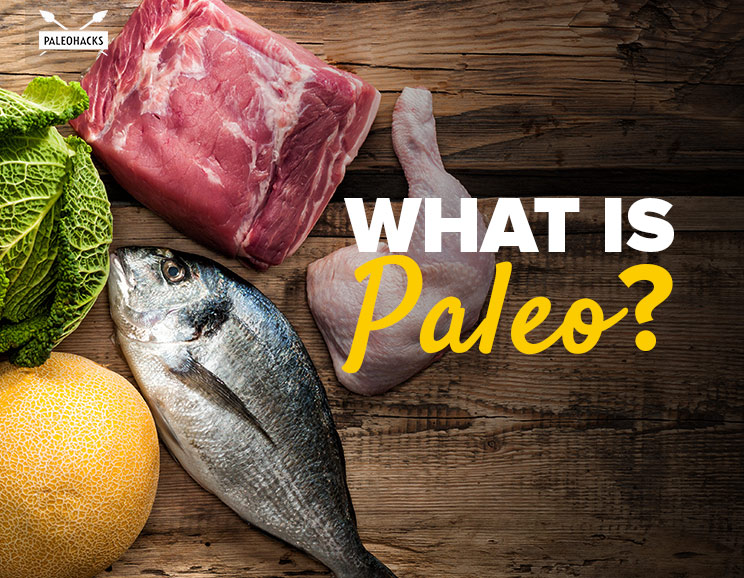
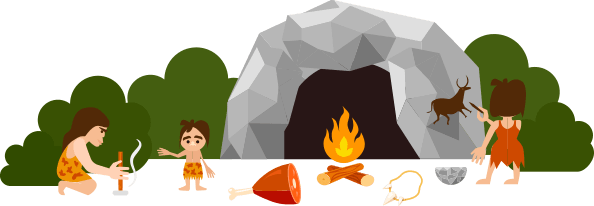
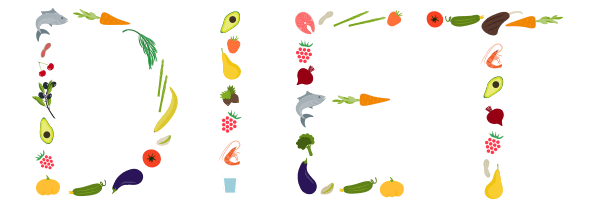












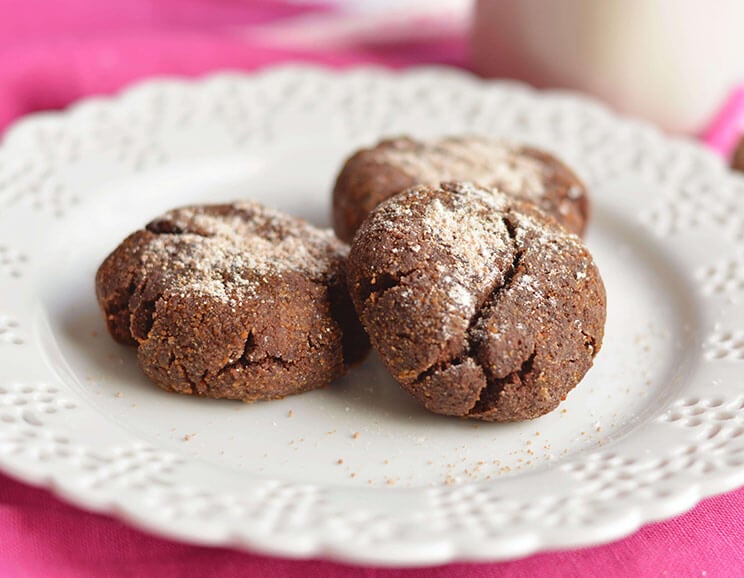 Coconut Flour Chocolate Crinkle Cookies
Coconut Flour Chocolate Crinkle Cookies
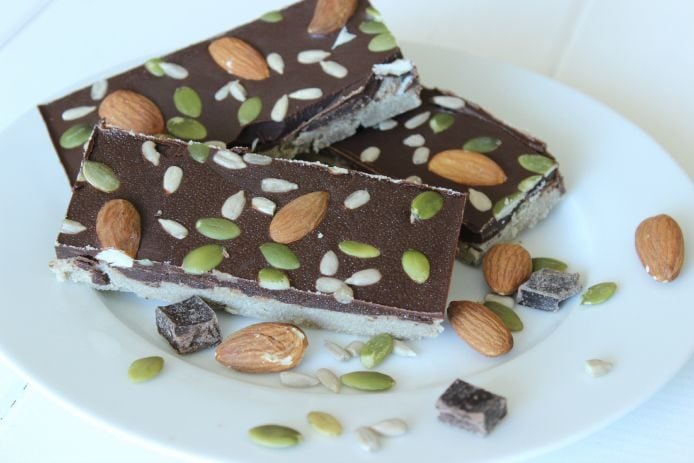

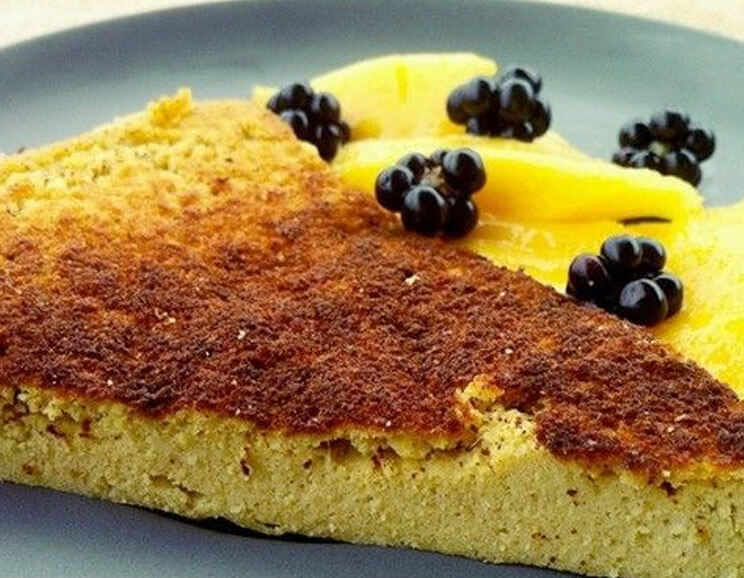
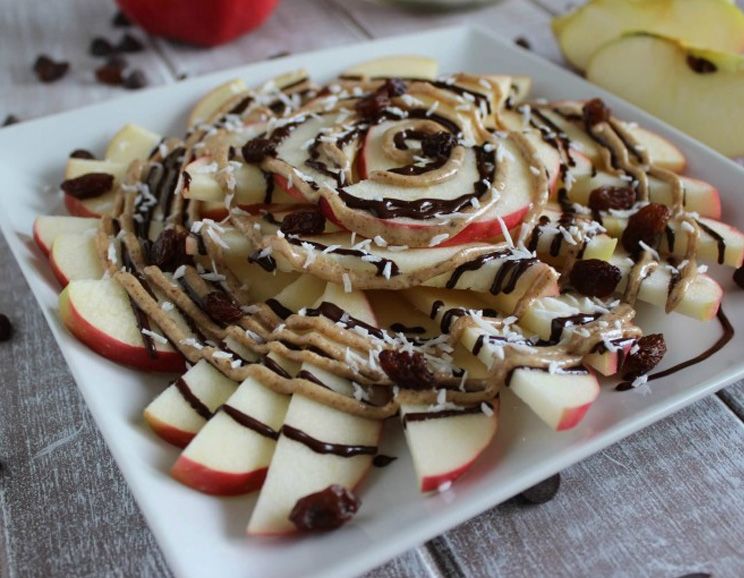
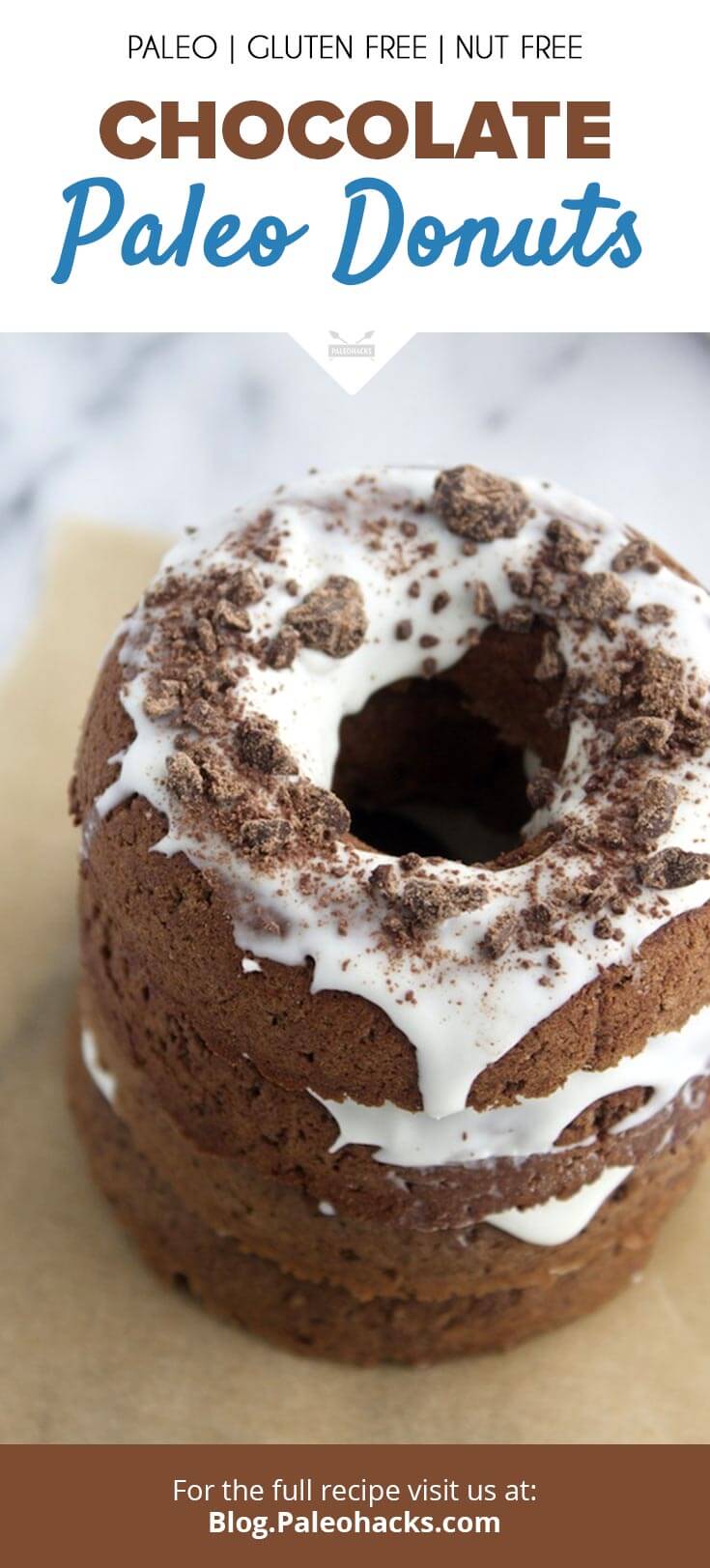
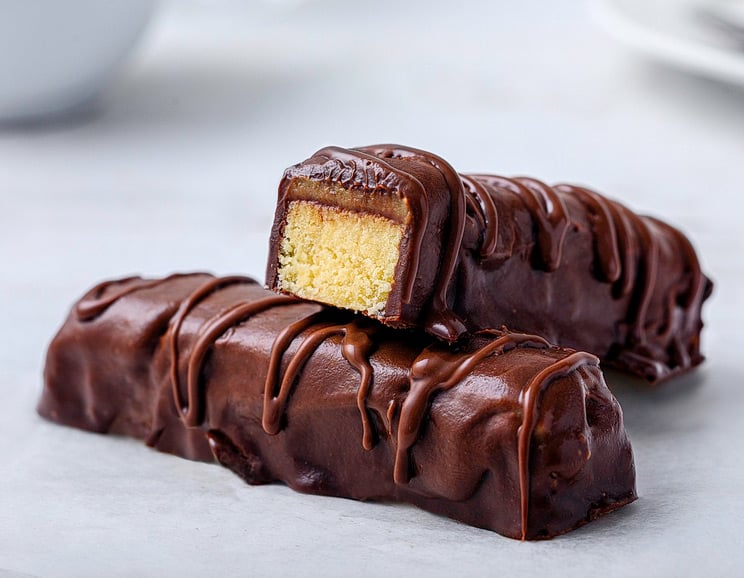
Show Comments